Upgrading your car’s wheels can make a significant difference in both its appearance and performance. However, there are several common mistakes that can lead to poor performance, safety risks, or additional costs. Here are the top five mistakes to avoid when upgrading your wheels.
1. Choosing the Wrong Wheel Size
One of the most common mistakes is selecting a wheel size that is either too big or too small for your vehicle. While larger wheels can enhance the look of your car and improve cornering due to a wider tire footprint, they can also negatively impact ride comfort, acceleration, and fuel economy. Always consider the balance between aesthetics and performance. Stick close to your vehicle’s original equipment manufacturer (OEM) specifications for the best fit.
Why It’s a Problem:
- Oversized wheels can rub against fenders or suspension components, causing damage.
- Smaller wheels may not provide the handling and performance you’re looking for, especially at higher speeds.

2. Ignoring Wheel Offset
Wheel offset is often overlooked but is crucial for proper fitment. Offset refers to how far the wheel’s mounting surface is from the centerline of the wheel. If the offset is too high or too low, it can affect the car’s handling and suspension, causing uneven wear on tires or even making your wheels stick out too far or sit too far inward.
Why It’s a Problem:
- Too much positive offset can push the wheels inward, causing them to rub against suspension components.
- Too much negative offset can cause the wheels to stick out beyond the fenders, increasing the risk of road debris damage.
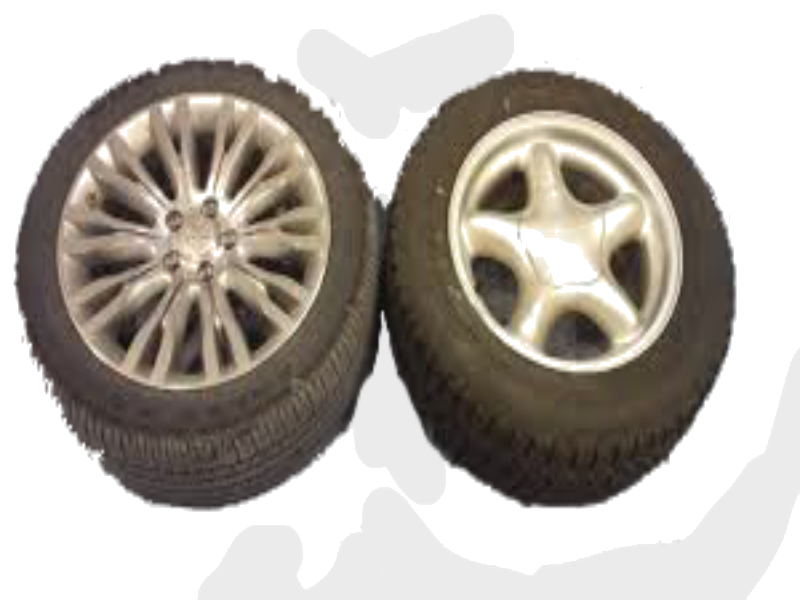
3. Not Considering Weight and Material
Wheels are available in different materials such as steel, aluminum, and forged alloys. Choosing the wrong material can impact both performance and durability. Heavier wheels, while durable, can reduce acceleration and handling, while lightweight forged wheels improve performance but might be more expensive. It’s important to strike a balance between performance, durability, and cost when choosing your wheels.
Why It’s a Problem:
- Heavier wheels increase unsprung weight, which negatively affects acceleration and braking.
- Lighter wheels provide better performance but may be less durable in rough driving conditions.
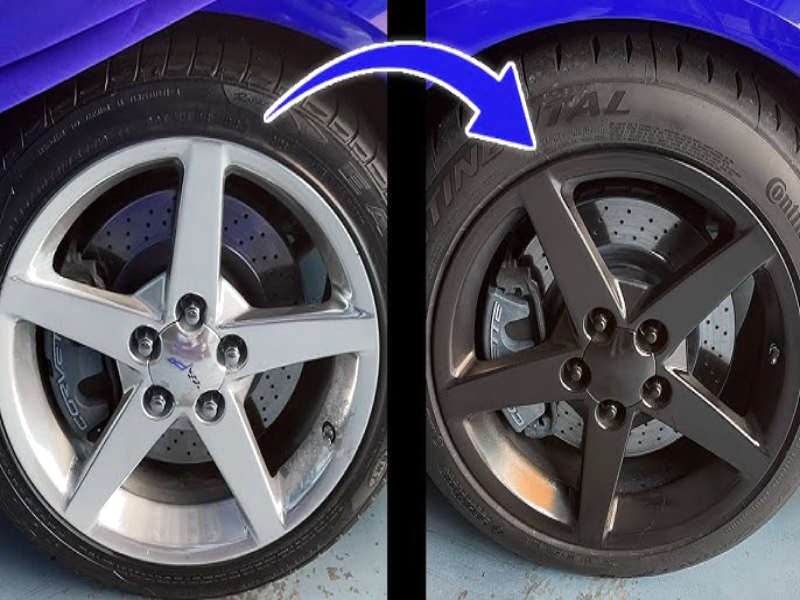
4. Skipping Proper Alignment
After installing new wheels, it’s essential to get your vehicle’s alignment checked. New wheels can change the suspension geometry, leading to uneven tire wear, poor handling, and reduced fuel efficiency. A proper alignment ensures that your wheels are positioned correctly, maximizing their lifespan and maintaining vehicle stability.
Why It’s a Problem:
- Skipping alignment after a wheel upgrade can lead to premature tire wear.
- Poor alignment can cause the vehicle to pull to one side, reducing handling performance.
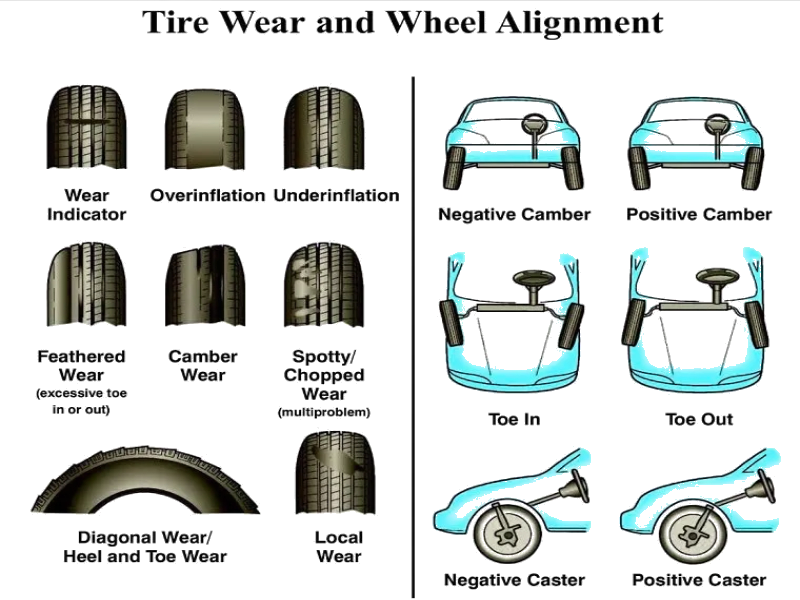
5. Choosing the Wrong Tires for Your New Wheels
Upgrading your wheels often means you’ll need new tires as well, but it’s important to ensure that the tires you choose are compatible with your new wheels. Not all tires are designed to fit every wheel size or width, and choosing incompatible tires can lead to poor performance, reduced fuel efficiency, and safety risks.
Why It’s a Problem:
- Incorrect tire sizing can result in tire rubbing or clearance issues with the fenders.
- Tires that are too narrow for the wheel can reduce traction, negatively affecting handling and stability.
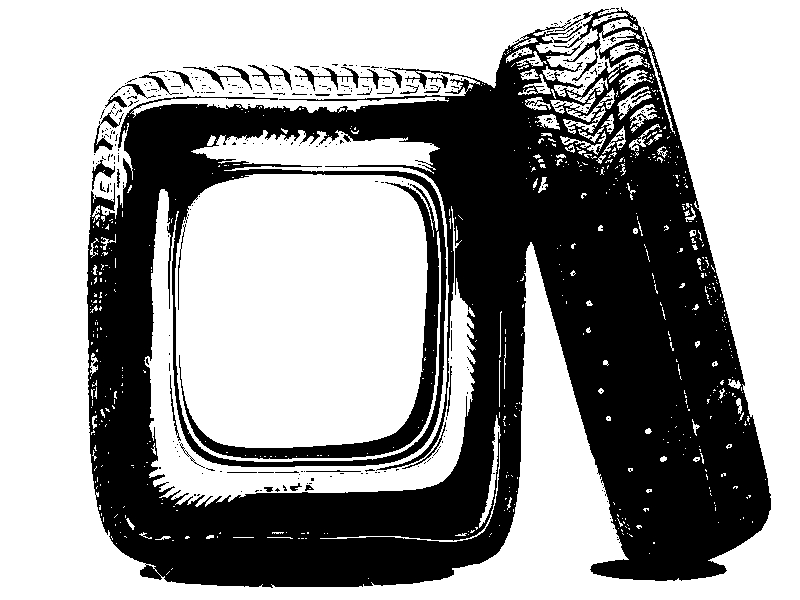
Conclusion
Upgrading your wheels can enhance your car’s performance and aesthetics, but it’s important to avoid these common mistakes. By choosing the right size, understanding offset, considering weight and material, getting a proper alignment, and selecting the correct tires, you can enjoy the full benefits of your new wheels while ensuring safety and optimal performance.
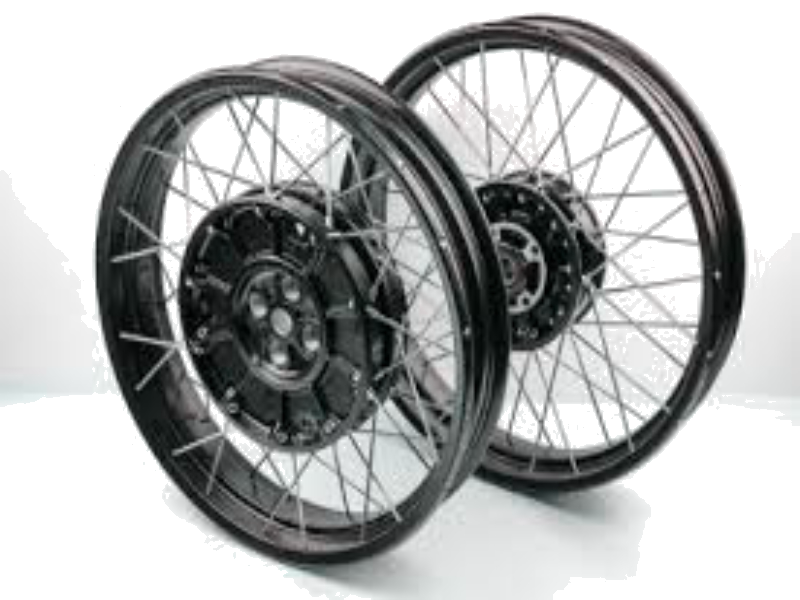

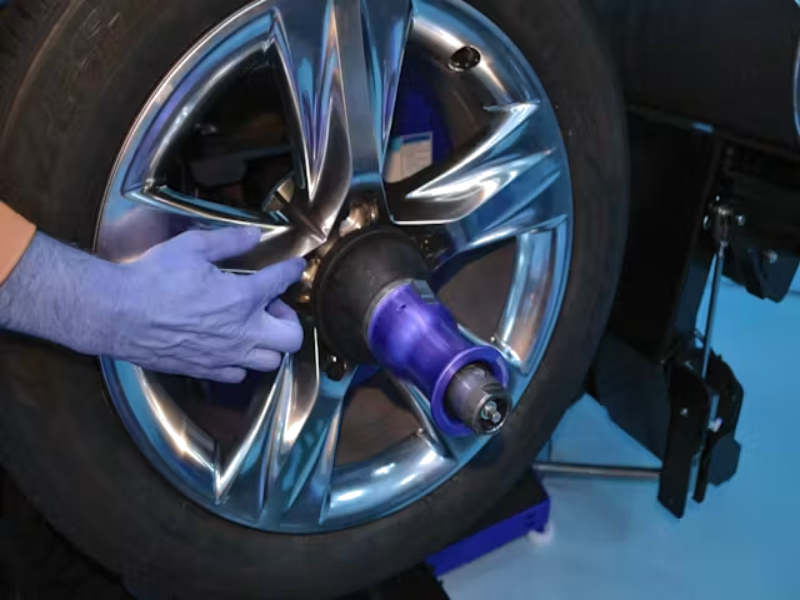
Comments
Log in to leave a comment.
Great breakdown of the common mistakes! I’ve been thinking about upgrading my wheels, and this article really opened my eyes to the importance of getting the right size and offset. Definitely saving myself some headaches now. Appreciate the tips!